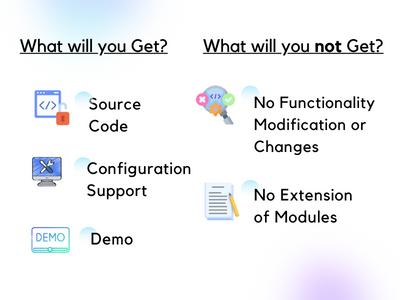NYC Taxi Demand Prediction Machine Learning
Title: NYC Taxi Demand Prediction: Unlocking the Power of Machine Learning Introduction:
In the bustling city of New York, taxis have become an integral part of the daily commute for millions of residents and tourists alike. However, hailing a cab during peak hours or in high-demand areas can often be a challenging task. This is where the power of machine learning comes into play. By harnessing the capabilities of advanced algorithms and historical data, NYC taxi demand prediction models are revolutionizing the transportation industry, making taxi services more efficient and reliable than ever before.
The Need for Taxi Demand Prediction:
Efficiently managing the demand and supply of taxis is crucial for ensuring a seamless transportation experience in a city as dynamic as New York. Traditional methods of forecasting, based on historical averages or even human intuition, are often inadequate and can lead to inefficiencies and long waiting times for passengers. This is where machine learning steps in, providing a data-driven approach to predict taxi demand accurately.
How Machine Learning Works:
Machine learning algorithms are designed to analyze vast amounts of historical data, including factors such as time of day, day of the week, weather conditions, events, and location, to identify patterns and trends. By training these algorithms using labeled data, they can learn to make accurate predictions about future taxi demand. This process involves splitting the data into training and testing sets, optimizing the model through iterations, and evaluating its performance using various metrics.
Benefits of NYC Taxi Demand Prediction:
1. Improved Efficiency: By accurately predicting taxi demand, drivers can strategically position themselves in high-demand areas, reducing passengers’ waiting time and increasing the overall efficiency of the taxi service.
2. Reduced Congestion: Predicting demand patterns allows taxi companies to allocate their resources more effectively, reducing the number of idle cabs on the road, and minimizing overall traffic congestion.
3. Enhanced Customer Experience: With accurate predictions, passengers can have more confidence in getting a taxi when and where they need it, resulting in an improved overall customer experience.
4. Optimal Pricing: Machine learning models can also help taxi companies optimize pricing strategies based on demand. Dynamic pricing, where fares increase during peak hours or in high-demand areas, can incentivize more drivers to be available when and where they are needed the most.
Challenges and Limitations:
While machine learning has the potential to revolutionize taxi demand prediction, it is not without its challenges. Factors such as sudden events or changes in traffic patterns can significantly impact the accuracy of predictions. Furthermore, the availability and quality of historical data can also pose limitations to the performance of the models.
Future Directions:
As technology continues to evolve, the accuracy and efficiency of taxi demand prediction models are expected to improve further. Integration with real-time data sources, such as GPS and traffic data, can enhance the models’ performance, making them more adaptable to changing conditions. Additionally, advancements in machine learning techniques, such as deep learning and ensemble methods, hold promise for even more accurate predictions.
Conclusion:
NYC taxi demand prediction powered by machine learning is transforming the transportation industry, benefiting both passengers and taxi companies alike. By accurately forecasting demand patterns, taxi services can optimize their operations, reduce waiting times, and enhance the overall customer experience. As technology continues to advance, we can expect even more accurate predictions, leading to a more efficient and seamless taxi service in the vibrant streets of New York City.
